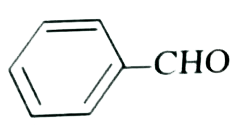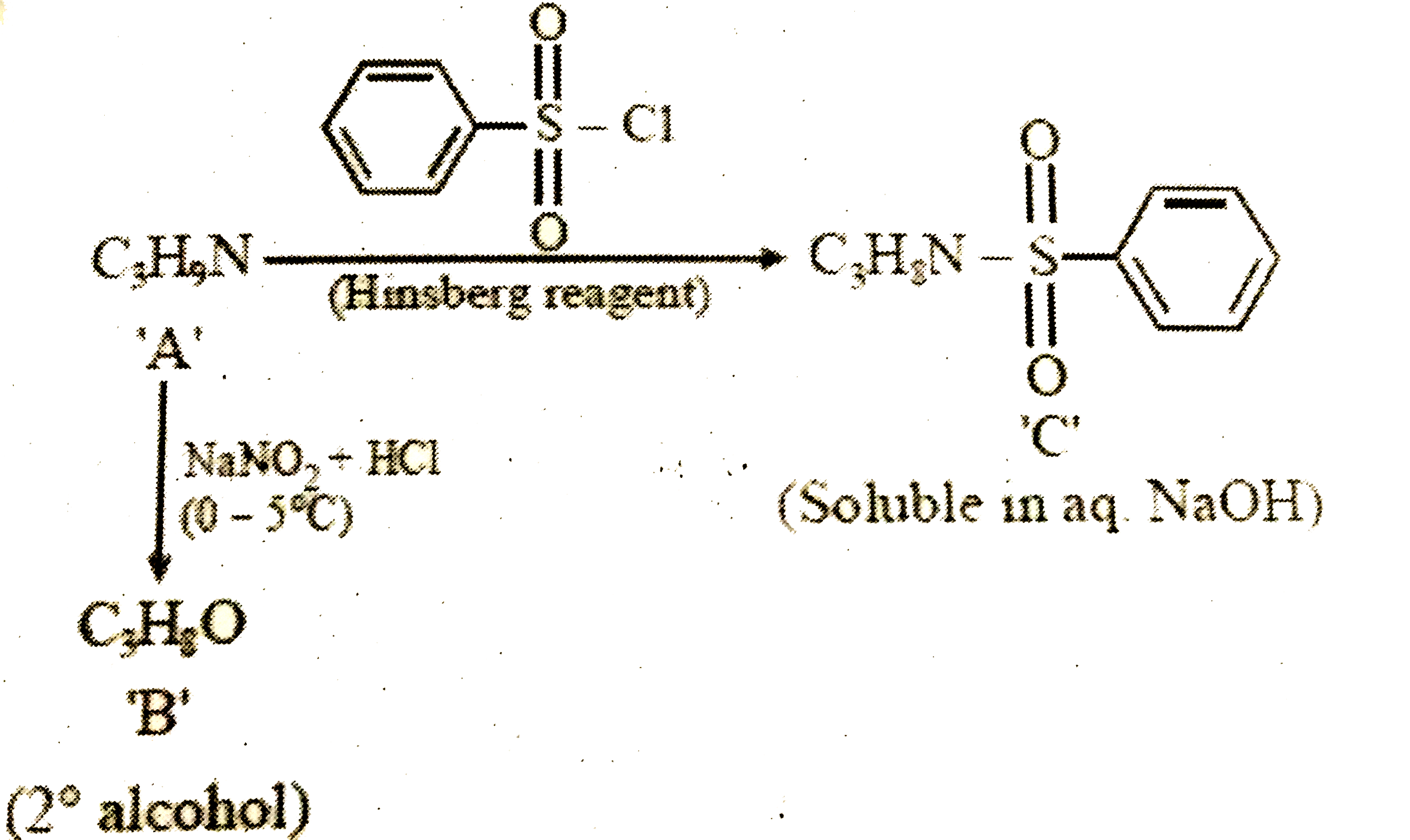Compound 'A' with molecular formula C4H9Br is treated with aq. KOH solution. The rate of this reaction depends upon the the concentration of the compounds 'A' only. When another optically active isomer 'B' of this compound was treated with aq. KOH solution, the rate of reaction was found to be dependent on concentration of compound and KOH both.
(i) Write down the structural formula of both compounds 'A' and 'B'.
(ii) Out of these two compounds, which one will be converted to the product with inverted configuration.



(i). The available information suggests that the compound 'A' is a tertiary alkyl halide and its optically active isomer 'B' is a secondary alkyl halide.
(i). The structural formulae of the compound 'A' and 'B' are:
The compound 'A' being a tertiary alkyl halide will prefer to participate following SN1 mechanism. in this, the reaction rate depends on the concentration of alkyl halide only involved in the slow step and leading to a tertiary carbocation.
(ii). Compound 'B' is a secondary alkyl halide and has a chiral carbon. with aqueous KOH, It will react following SN2 mechanism leading to inversion of configuration.
Topper's Solved these Questions
- HALOALKANES AND HALOARENESBOOK - DINESH PUBLICATIONCHAPTER - HALOALKANES AND HALOARENESEXERCISE - Long Answer type Question
3 Videos
- HALOALKANES AND HALOARENESBOOK - DINESH PUBLICATIONCHAPTER - HALOALKANES AND HALOARENESEXERCISE - Additional important questions
30 Videos
- HALOALKANES AND HALOARENESBOOK - DINESH PUBLICATIONCHAPTER - HALOALKANES AND HALOARENESEXERCISE - NCERT
30 Videos
- GENERAL PRINCIPLES AND PROCESSES OF ISOLATION OF ELEMENTS BOOK - DINESH PUBLICATIONCHAPTER - GENERAL PRINCIPLES AND PROCESSES OF ISOLATION OF ELEMENTS EXERCISE - Brain Storming Multiple Chocie Questions
7 Videos
- HYDROCARBONSBOOK - DINESH PUBLICATIONCHAPTER - HYDROCARBONSEXERCISE - All Questions
493 Videos
Similar Questions
Compound 'A' with molecular formula C4H9Br is treated with aq. KOH solution. The rate of this reaction depends upon the concentration of the compound 'A' only. When another optically active isomer 'B' of this compound was treated with aq. KOH solution, the rate of reaction was found to be dependent on concentration of compound and KOH both.
(i) Write down the structural formula of both compounds 'A' and 'B'.
(ii) Out of these two compounds, which one will be converted to the product with inverted configuration.
View SolutionCompound 'A' with molecular formula C4H9Br is treated with aq. KOH solution. The rate of this reaction depends upon the the concentration of the compounds 'A' only. When another optically active isomer 'B' of this compound was treated with aq. KOH solution, the rate of reaction was found to be dependent on concentration of compound and KOH both.
(i) Write down the structural formula of both compounds 'A' and 'B'.
(ii) Out of these two compounds, which one will be converted to the product with inverted configuration.
View Solution
Knowledge Check
Which product is formed when the compound
 concentrated aqueous KOH solution ? A
concentrated aqueous KOH solution ? A B
B C
C D
D
Which product is formed when the compound
 is treated with concentrated aqueous KOH solution?A
is treated with concentrated aqueous KOH solution?A B
B C
C D
D
Which product is formed when the compound

is treated with concentrated aqueous KOH solutionA B
B C
C D
D
The compound 'A' having molecular formula C3H9N undergoes following reaction

The compound 'A' will be:-
View SolutionWhich product is formed when the compound is treated with concentrated aqueous KOH solution ?
View SolutionWhich product is formed when
 is treated with concentrated KOH solution ?
is treated with concentrated KOH solution ?
View SolutionA compound X with molecular formula C7H8 is treated with Cl2 in presence of FeCl3. Which of the following compounds are formed during the reaction?
View SolutionWhich product is formed when the compound

is reated with concentrated aqueous KOH solution ?
View Solution
